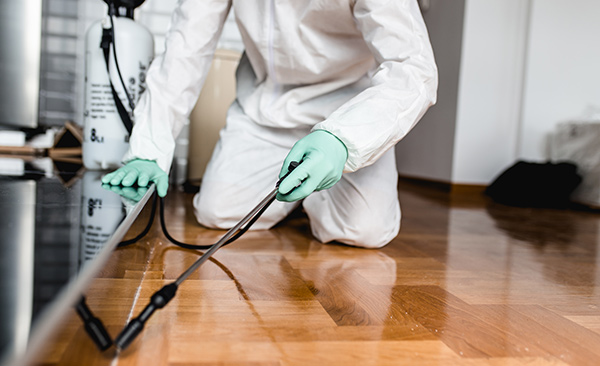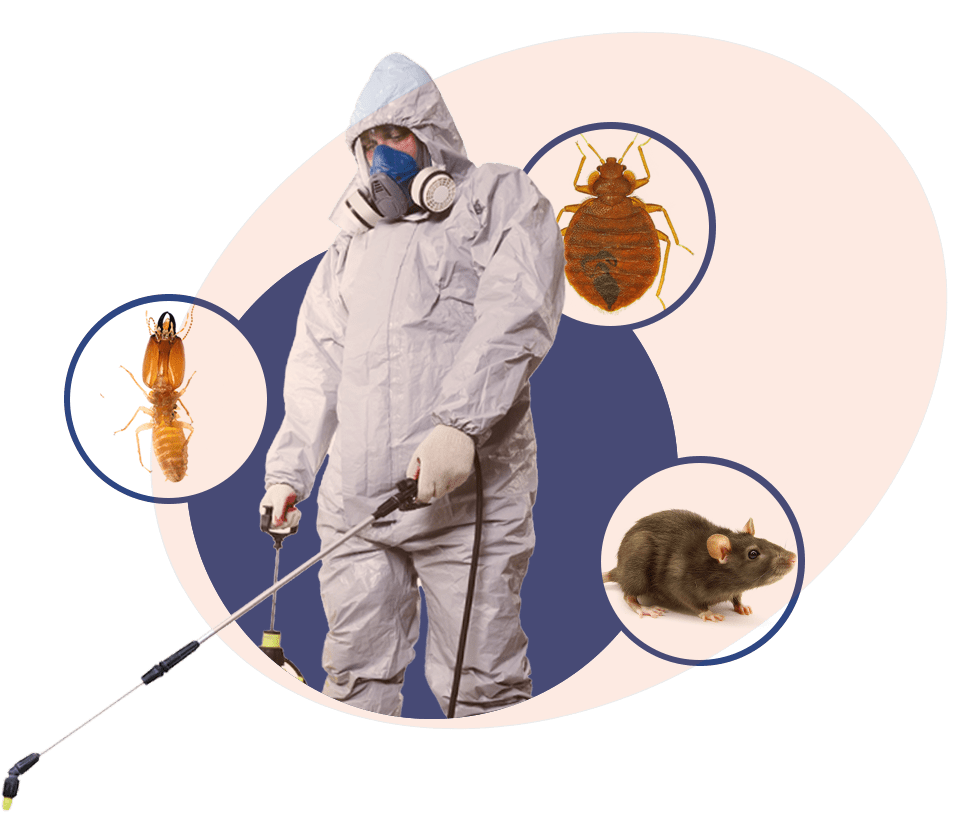Detailed Termite and Bug Solutions with Pest Control Lockhart
Detailed Termite and Bug Solutions with Pest Control Lockhart
Blog Article
Checking Out Infestation and Therapy Methods in the Globe of Insect Control
The landscape of bug control incorporates a myriad of challenges, especially as invasions of common family pests remain to advance. Recognizing the actions and reproductive patterns of these nuisances is vital for creating efficient therapy strategies. By integrating preventive actions with sophisticated administration techniques, such as Integrated Insect Management (IPM), property owners can better guard their settings. The effectiveness of these techniques may vary significantly based on specific situations. What hidden elements add to the success or failure of these methods in various settings?

Common Family Pests
When it involves handling our space, understanding usual household pests is critical. These parasites not just interrupt our comfort however can also pose health threats and damage residential property. The most widespread household pests consist of ants, roaches, rats, termites, and bed pests.
Ants, often seen foraging in kitchens, can pollute food and establish big nests. Rats, consisting of computer mice and rats, can cause structural damage and bring diseases like hantavirus and salmonella.
Identifying the indications of these insects, such as droppings, nests, or bite marks, is vital for very early treatment (Pest Control Lockhart). Appropriate hygiene techniques, securing access points, and preserving a clutter-free setting work preventative actions. By determining these usual family parasites and recognizing their habits, property owners can take proactive actions to alleviate invasions, making certain a much healthier living setting
Recognizing Insect Infestations
Bug infestations can escalate swiftly, transforming a small aggravation right into a considerable problem otherwise resolved immediately. Comprehending the nature of these problems is crucial for reliable administration. Insects can invade domestic and business areas for various reasons, consisting of the search for food, sanctuary, or breeding grounds. Usual factors adding to problems include inadequate cleanliness, architectural susceptabilities, and seasonal changes that drive insects inside your home.
Recognizing the kind of pest is important, as various types show varied habits and reproductive rates. Rats may establish nests in concealed locations while bugs like roaches flourish in moist atmospheres. Early detection typically depends upon recognizing signs such as droppings, nibble marks, or unusual audios, which can show an issue before it comes to be extreme.
Cozy, moist climates can promote the rapid development of parasite populations, while adjustments in landscaping or building and construction can inadvertently produce helpful environments. An informed strategy to understanding these characteristics lays the foundation for efficient insect management approaches in the future.
Treatment Techniques and Strategies
Effective treatment techniques and strategies are vital for minimizing pest invasions and bring back a secure setting. A multifaceted method is commonly best, including chemical, biological, and mechanical techniques tailored to the certain bug and the intensity of the infestation.
Chemical treatments consist of the use of insecticides and herbicides, which can successfully eliminate insects. Correct application and adherence to safety and security guidelines are essential to reduce dangers to people and non-target organisms. Integrated Insect Management (IPM) encourages the judicious use of chemicals as a last resort, relying rather on surveillance and limit degrees to figure out intervention needs.
Organic control techniques involve presenting natural killers or bloodsuckers to decrease parasite populaces. This method is significantly prominent, particularly in farming settings, as it advertises environmental sustainability.
Mechanical methods, such as catches and barriers, supply immediate alleviation from insects without presenting chemicals. my link Choices consist of sticky traps for pests or physical barriers for rats.
Eventually, the selection of treatment approach ought to take into consideration the certain pest, the atmosphere, and potential influence on human wellness and ecological communities. A balanced mix of these strategies can successfully take care of invasions while advertising long-term bug control remedies.
Precautionary Actions for Homes
Proactively attending to parasite issues before they rise is vital for preserving a healthy and balanced home environment (Pest Control Lockhart). Executing efficient preventative measures can substantially lower the possibility of invasions, inevitably guarding both your residential property and health

Proper landscape design additionally plays an essential role in prevention. Keeping hedges and trees cut away from the residence lowers the opportunities of parasites locating their method inside your home. Ensure that drainage systems are operating effectively to avoid standing water, which can draw in insects and various other bugs.
Lastly, regular examinations are a good idea. Frequently inspecting for signs of insect task enables early intervention. By taking on these precautionary measures, home owners can produce an environment that is much less welcoming to insects, therefore improving their overall lifestyle and decreasing the need for substantial insect control treatments.
Industrial Pest Control Methods
An extensive strategy to industrial parasite control is necessary for businesses intending to maintain a risk-free and sanitary our website atmosphere. Reliable techniques entail a combination of routine inspections, worker training, and the implementation of Integrated Insect Monitoring (IPM) practices.
Normal evaluations allow very early detection of bug task, permitting prompt treatment. Businesses must create a routine schedule for these evaluations, concentrating on high-risk areas such as kitchen areas, storage space rooms, and waste disposal websites. Staff member training is equally essential; team should be educated on the indications of bug problems and the significance of reporting them quickly.
Implementing IPM methods assists alleviate parasite issues sustainably. This includes habitat modification, such as sealing entrance points and decreasing mess, in addition to using all-natural deterrents prior to considering chemical therapies.

Moreover, collaborating with a Resources certified insect control copyright guarantees accessibility to professional understanding and sophisticated treatment alternatives. This collaboration can lead to tailored parasite control prepares tailored to the certain needs of business, decreasing risks and enhancing general efficiency. Ultimately, a proactive and informed strategy cultivates a pest-free environment, protecting both public wellness and company track record.
Conclusion
In verdict, reliable bug control requires a comprehensive understanding of usual household parasites and their behaviors, coupled with targeted therapy techniques. Executing safety nets together with treatment approaches such as Integrated Insect Administration and biological control enhances the capacity to mitigate invasions. Normal examinations and a combination of chemical and mechanical options additionally add to maintaining pest-free settings. Eventually, an all-round method to pest management is crucial for securing living rooms from undesirable trespassers.
Report this page